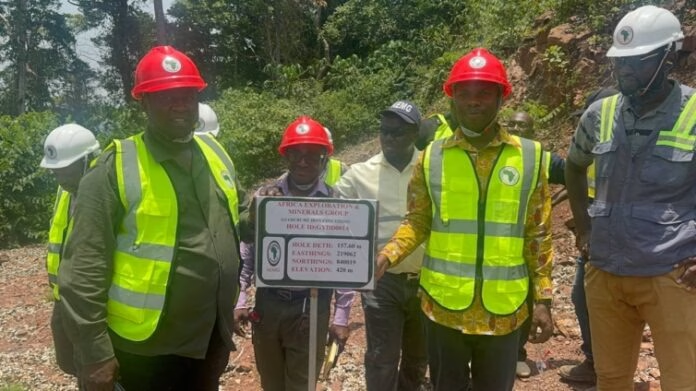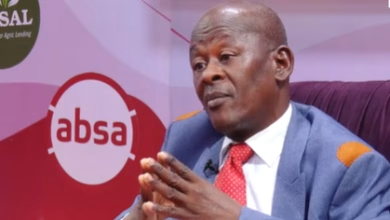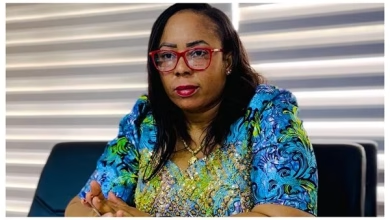Promising Iron Ore Discovery in Ghana’s Oti Region Could Power Domestic Steel Industry

- Iron ore exploration in Oti Region shows strong commercial potential
- Preliminary samples reveal up to 57% iron content, among the highest in West Africa
- Resource estimate expected by September 2025 after 30 planned drill holes
Exploration efforts in Ghana’s Oti Region are yielding promising results, with early data suggesting that local iron ore deposits could be commercially viable — and potentially among the best in West Africa.
The find could significantly enhance Ghana’s mineral portfolio and serve as the foundation for developing a domestic iron and steel industry. The exploration is being led by the Ghana Integrated Iron and Steel Development Corporation (GIISDEC) in partnership with the Africa Exploration and Minerals Group (AEMG).
Initiated in 2020, the exploration is centered in the Gyamurume area of the Kadjebi District. Preliminary findings show oxidised iron ore with iron oxide concentrations as high as 82%, equating to roughly 57% iron content — with average values around 47%.
“These early results are very promising,” said William Okofu Darteh, CEO of GIISDEC. “We’re awaiting full lab confirmation, but the quality appears better than many sites currently mined in Africa.”
The high-grade results have already attracted potential investor interest, though GIISDEC remains focused on completing comprehensive data collection before entering any agreements. Drilling began in mid-2024, with 8 of 30 drill holes completed so far. The full campaign spans 15 lines and 2,500 metres, with completion expected by June 2025 and a resource estimate by September.
Geological surveys have identified banded iron formations averaging 30 metres wide, as well as serpentinite rocks — indicators of possible nickel deposits. Mapping has uncovered 42,000m² of oxidised ironstone and 36,000m² of partially oxidised deposits, extending over an 8-kilometre zone.
Laboratory testing of over 100 samples by Intertek and the University of Ghana confirms the high iron content, though further drilling is needed to assess depth and continuity.
“This is visible at the surface, but we must understand what’s beneath,” explained Prof. Frank Nyame, technical advisor and lecturer at the University of Ghana.
The long-term goal is to develop a full-scale iron and steel value chain in Ghana, potentially reducing reliance on gold and cocoa exports, and replacing the country’s $900 million annual steel imports. Ghana’s known iron ore reserves include 1.7 billion tonnes, with major deposits at Shieni and Opon-Mansi. A $600 million mining operation at Shieni is set to begin in late 2025.
Local leaders have welcomed the initiative. Osaberima Osei-Bonsu V, Paramount Chief of Asato, praised the structured, legal approach and expressed hope for community benefits such as jobs and infrastructure.
While the terrain poses logistical challenges, portable rigs from BobJosh Drilling, and support from the Ghana Geological Survey Authority and SRK Consulting, have kept the project on track.
“We’re aware of the hurdles, but we’re tackling them step by step,” said Mr. Darteh. “If all goes well, this could become a cornerstone of Ghana’s industrial future.”






